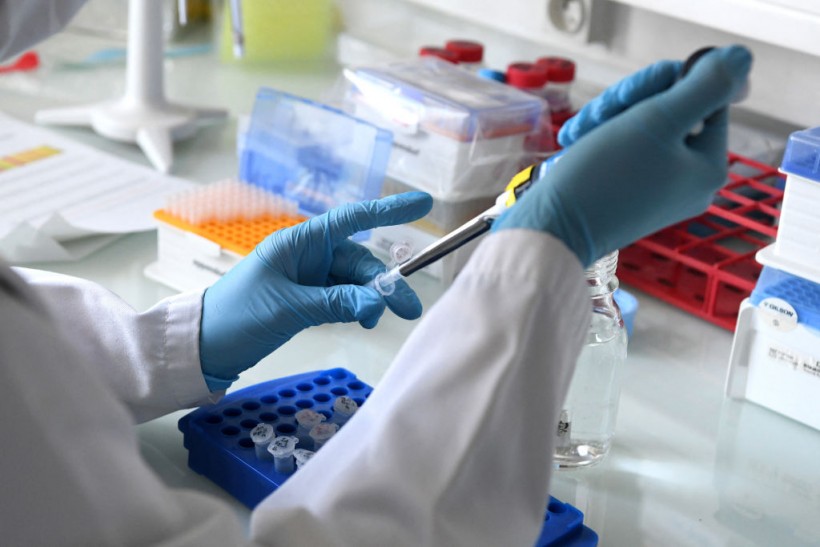A recent medical advancement involved the use of gene therapy to treat infants with severe combined immunodeficiency (SCID), sometimes known as "bubble boy syndrome," without the use of immune-suppressing medications, as reported first by Interesting Engineering.

A laboratory staff works at Genethon, a non-profit gene therapy R&D organization in Evry on May 10, 2022.
Artemis-SCID
Children born with Artemis-SCID have a variety of difficulties, from a lack of T and B cell diversity and diminished resistance to chemotherapy used during bone marrow transplants.
Hence, scientists are doing everything they can to discover a cure for the extremely uncommon genetic condition Artemis-SCID, and they are now turning to gene therapy.
A team of researchers has been conducting a trial at the University of California San Francisco (UCSF) since 2018 with FDA support. They have now succeeded in protecting children from uncommon genetic disorders.
This revolutionary breakthrough has the potential to completely transform the lives of infants with rare to have an increased likelihood of living a relatively healthy life.
There have been remarkable advancements in the field of gene therapy in recent years, and this technique offers hope for the eventual cure of Artemis-SCID through the permanent correction of faulty genes.
By transferring healthy cells to a baby's marrow stem cells, the novel gene therapy gives their bodies corrected genetic material, potentially preventing long-term difficulties or mortality brought on by conventional treatments.
Children between the ages of 18 months and 4.5 years participated in the trial. One of them was born in Canada and was discovered at the age of five, and nine others were discovered after neonatal SCID screening in the US.
Four of the patients are from the Native American population. Six children had been tracked for at least 24 months when the study was published.
Read also: Researchers Claim that Gene Therapy Saves Mice from Heart Attacks - Can It Save Humans Too?
Phase 1 and 2 Results
The trial's Phase 1 and 2 effectively showed the secure transfusion of gene-corrected cells, which in just six weeks developed into white blood cells. Patients need only 25% of the entire dose of busulfan to ready their bone marrow for transplantation.
This remarkable accomplishment may fundamentally alter how scientists approach the treatment of cancer and immune system weaknesses.
A second indication that this therapy is effective for long-term health consequences was the substantial reconstitution within T cell systems at twelve months after infusion.
Ten patients received treatment using their unique stem cells, which within six weeks, transformed into the corrected peripheral blood.
In 12 weeks, they had begun making their T and B cells, and four of them had fully recovered their immune systems, as per Interesting Engineering's report.
Even donor-transplanted patients receiving normal care, who took far longer to attain these results before the introduction of this ground-breaking strategy, had already reached this milestone in three additional cases after only 24 months of treatment.
A child just had a successful second infusion of gene therapy, which completely recovered their T- and B-cell immunity and cured them of their lingering CMV infection.
The study claims that the children in the trial developed complete T-cell immunity, indicating that they had a higher survival rate than recipients of conventional bone marrow transplants.
So far, Artemis-SCID patients have been the only ones to receive this gene therapy testing. However, the researchers emphasized that they are employing methods for other rare disorders.
Related Article: Gene Therapy Could Improve Tenfold With the Development of Mini-CRISPR










